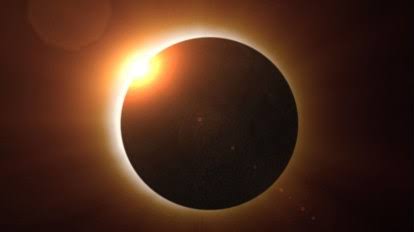New Delhi: India’s first space-based solar observatory, Aditya L1, is continuously studying the Sun but will miss the total solar eclipse today that will be visible over vast swaths of North America. The total solar eclipse is a rare event that people across the USA and several events, from skydiving to special flights, are being organized to witness the celestial phenomenon.
For the first time in almost a century, the western and northern parts of New York State will experience a total eclipse. The path of totality – a narrow stretch where the Moon obscures the Sun entirely – tracks across cities and has set the USA into a tizzy.
In its statement about the event, NASA says, “On April 8, 2024, a total solar eclipse will cross North America, passing over Mexico, the United States, and Canada. A total solar eclipse happens when the Moon passes between the Sun and Earth, completely blocking the face of the Sun. The sky will darken as if it were dawn or dusk.”
NASA is also flying special research planes to chase the shadow among many other experiments. Though the entire event will last for several hours, the main spectacle – when day turns to night – is expected to last only about four minutes when there will be total darkness.
But India’s Aditya L1 satellite will not be able to witness the event. This is not because the Indian Space Research Organization (ISRO) has erred, but because the satellite is placed appropriately at a location that provides an uninterrupted 24×7, 365-day view of the Sun. The Indian scientists chose a spot to ensure that the satellite’s view is never blocked due to an eclipse.


















